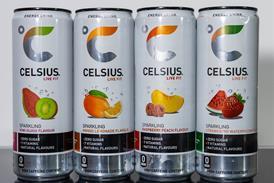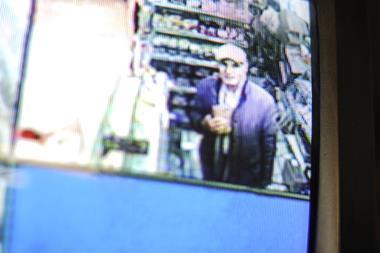Surviving the supply crisis
By  Sarah Britton2021-08-17T13:37:00
Sarah Britton2021-08-17T13:37:00

Retailers tell C-Store about the supply challenges they are facing and how they are ensuring they put food on their shelves
ALREADY HAVE A REGISTERED USER ACCOUNT? PLEASE LOG IN HERE
To read the full story join the ConvenienceStore.co.uk community today!
Registration is quick and easy and provides access to:
- Unlimited ConvenienceStore.co.uk articles
- Our great range of newsletters
- Content you’ve saved for later via the ‘my library’ feature
And much more…
Related articles
More from News
Unlimited Access + Newsletters
Register today to gain unlimited access to articles and to receive our great range of email newsletters.






























